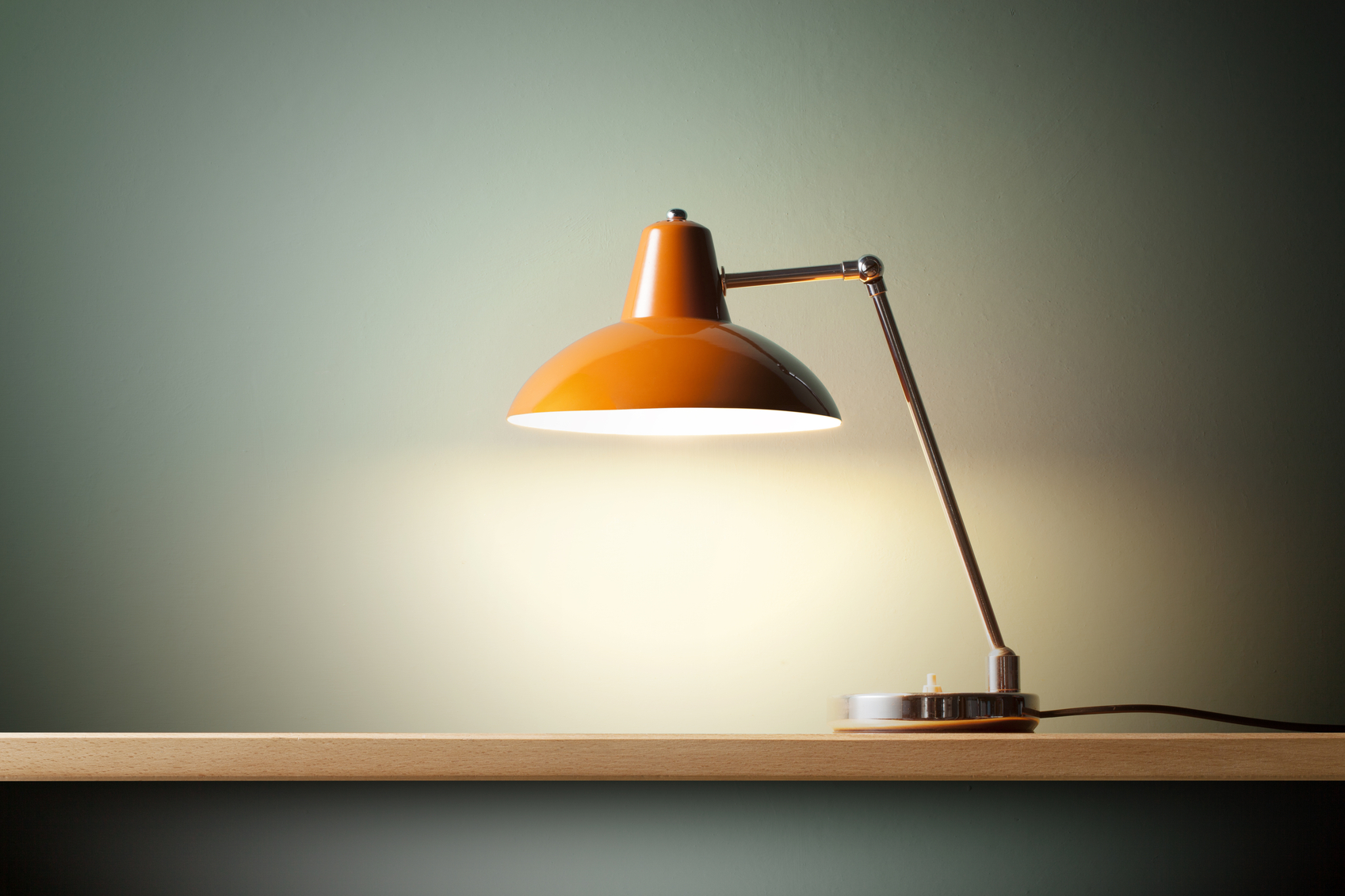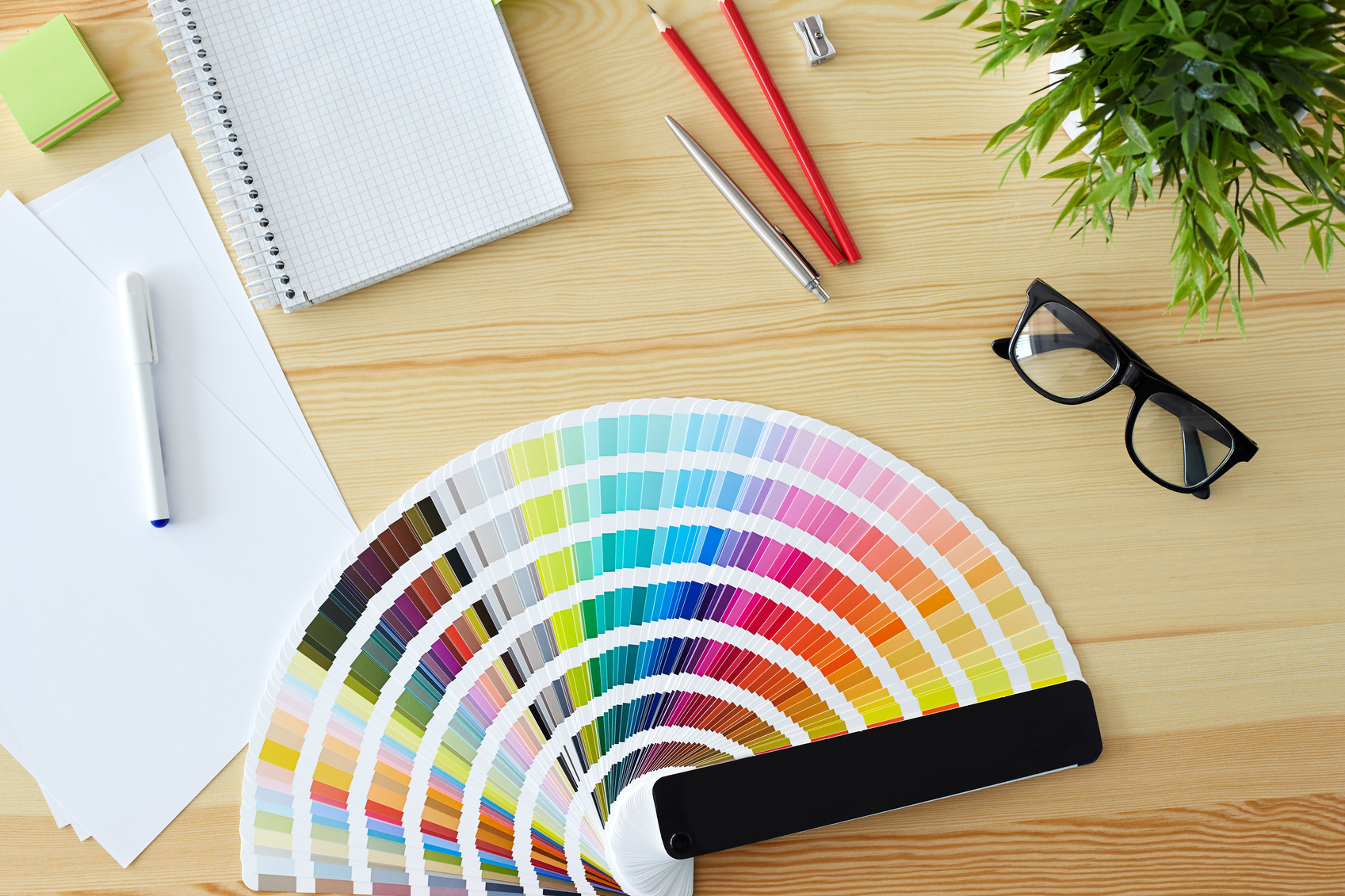The way you set up your workspace can impact your productivity just as much as other factors including sleep, technology, organizational strategies and business tools.
Scientists have completed endless fascinating studies about how a variety of stimuli that impact the senses can either ramp up productivity or kill it.
You can harness these known stimuli to set yourself up to be more focused and efficient.
Whether you work in an office or at home, check out these six tips to optimize your work environment for productivity.
 Cut the clutter
Cut the clutter
A quote attributed to Albert Einstein says, “If a cluttered desk is a sign of a cluttered mind, of what, then, is an empty desk a sign?”
Building on that, a popular notion has evolved that a cluttered desk is a sign of brilliance and extraordinary creativity.
But clutter can also be a time waster when you can’t find the file you need or the phone number you scrawled on a scrap of paper last week. In fact, researchers at the Princeton University Neuroscience Institute studied the impact of clutter on productivity and found that clutter creates multiple stimuli in the visual field that compete for the brain’s attention. The limited processing capacity of the visual system can’t keep up, eventually leading to difficulty focusing.
The solution? Take a page from the KonMari Tidying Up movement. If you don’t love it, get rid of it. Create an organized, tidy workspace that will allow your eyes and brain to focus on the task at hand.
 Look to the light
Look to the light
If you’ve worked in an office building, you’ve probably spent a lot of time under glaring, industrial fluorescent lights. But science shows that lighting can have a major impact on productivity. If you work at home, you can choose the best lighting for your workspace, but even if you work in an office, you can tweak the lighting in your workspace to improve not only productivity but also your health.
Natural light is the best light source for productivity and health, according to a study published in the Journal of Clinical Sleep Medicine. Working near a window correlated with better sleep and a propensity to get more exercise for study participants. If you haven’t reached the status needed to earn yourself an office with a window, the study researchers advise using a desktop light box, increasing the intensity of overhead lights, or simply taking breaks throughout the day to spend time near a window or step outside for a few minutes.
Another lighting strategy that could yield better productivity is using blue light that put out shorter-wavelength blue hues that provide a natural wakening effect and could help improve performance on important tasks. With any lighting choice, it’s important to make sure to limit glare that can be hard the eyes, ultimately decreasing productivity.
 Create color
Create color
The psychology of color has been used in marketing for decades. Restaurants look for appetite-stimulating colors to use in their décor like yellow and red. Therapy offices and hospitals often look to calming blue hues.
So what colors are best for increasing productivity in the workplace? A University of Texas studytook an extensive look at the effect of color on performance in the workplace and found that the plain white and beige palate often used in traditional office buildings induce feelings of sadness and depression. Colors abundant in nature, like blues and greens were found to improve focus and efficiency. Not surprisingly, red is associated with urgency and intensity, and yellow is often associated with energy and creativity.
 Tweak the temperature
Tweak the temperature
Sweating it out in a too-hot office or suffering in a tooth-chattering cold office are clearly limiting factors when it comes to productivity. According to the Society for Human Resource Management, workplace performance increases with temperature increases up to a point — 71.6 degrees Fahrenheit. At colder temperatures, workers made more errors and functioned more slowly.
If you are able to, set your temperature at the optimal 71.6 degrees (or a temperature where your own personal productivity is at its best). But if you share an office space or can’t control the temperature in your work environment, dress in layers or have a sweater handy so you can regulate your own temperature.
 Bring the outside in
Bring the outside in
Office and workspaces in many cases are the exact opposite of being out in nature. But research shows that bringing some of that outside indoors can help boost productivity. Adding plants to your office or workspace can increased productivity by as much as 15 percent, the research found. Having plants in the work environment is associated with better air quality, higher levels of concentration, lower absenteeism and increased workplace satisfaction.
Office plants that are ideal workplace companions include Philodendrons, ferns and succulents.
 Get comfortable
Get comfortable
Nothing will derail productivity like being uncomfortable, whether it’s a chair that leads to back pain or computer keyboard that causes achy fingers and hands. Making sure you have the right equipment to do your job functions comfortably will have a dramatic impact on your level of productivity.
Improving your office comfort may be as simple as making sure your chair is adjusted properly so you are at eye level with your computer monitor. Or it might mean investing in a different keyboard or mouse, or even a sit/stand desk.
Ergonomics Plus lists a variety of workspace modifications that can improve workplace comfort along with ideas about actions you can take to improve physical comfort in the office, like taking breaks and doing stretches.
© 2025 ALM Global, LLC, All Rights Reserved. Request academic re-use from www.copyright.com. All other uses, submit a request to [email protected]. For more information visit Asset & Logo Licensing.







